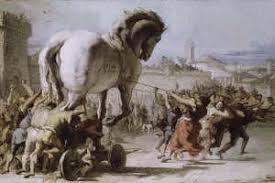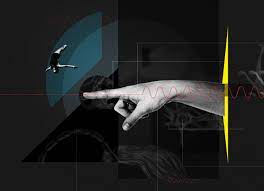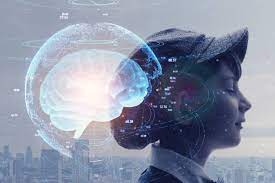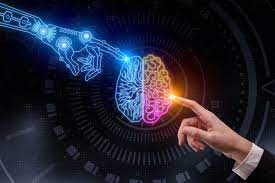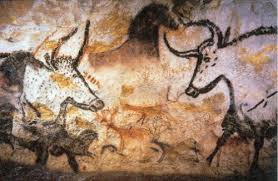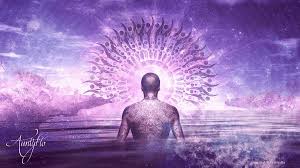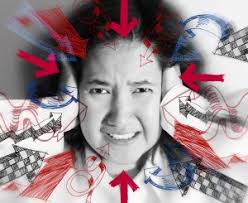HYPOTHESIS: Current interests may illustrate lives in the Mystery Civilizations.
Using the methods from a previous experiment, consider which of the Mystery Civilizations you may have resided in. There have been others not mentioned in this blog that you will put on your list. Just get a sense of where your interests have been over the years of your current life. Are you an engineer type or a scientist? Are you a nurturer and yet also a leader?
With the knowledge of what type of personality you are currently, consider which of the Mystery Civilizations you may have lived within, that could serve to complement your personality and interests. In past blogs I have established for you several families of consciousness.
With this in mind – that you may be a participant in a family of consciousness and that you share traits with others in this family – yet without creating unnecessary dogma around it, as I may have done in the past – I would invite you to consider the Mystery Civilizations that most suit your temperament and personality and put them on your list.
CONDUCT YOUR RITUAL OF SANCTUARY
As before, create your relaxed state and go through your list. Visualize the possibilities of life within these civilizations. For you it may be as though you are watching a motion picture, or perhaps a particular feeling tone will serve to direct you. The Sumari language is very distinctive, perhaps you will hear some dialogue from a possible existence in GA.
“You will know it when you see it or hear it.” Watch and listen. Continue this line or inquiry for as long as you wish, without of course, trying to find something that is not there. When you sense that the experiment is over for the time being, gradually come to full-waking consciousness.
FINDINGS – Document your findings.


